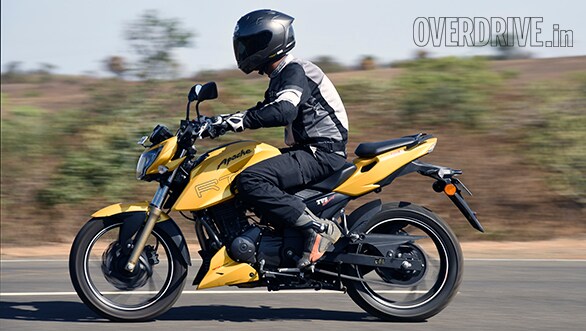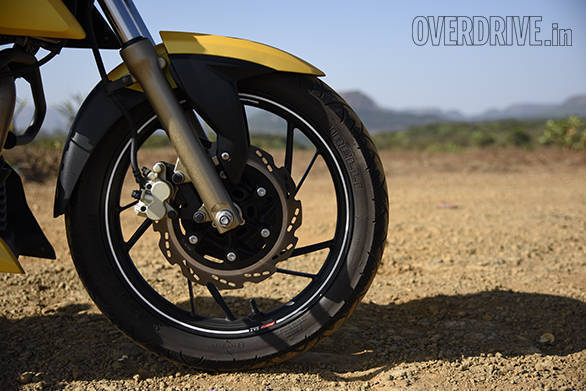Better Riding: What your tyres are saying
Tyres communicate with a range of vibratory sensations - or the lack of them - most people are sensitive enough to notice them, but most do not pay attention to the range of them to determine what the tyre is up to. This is what separates the boys from the men.
In many cases, riders feel vastly more confident riding motorcycles hard when they can feel their tyres - whether or not the tyre actually offers significantly greater performance. Typically, the front-tyre feedback is most obvious in the handlebar while the rest of the motorcycle tells you more about the rear tyre.
Harsher road surfaces - usually grippier if not dirty - are the easiest place to learn to listen. What you are looking for is a sense of the contact patch. A simple way is to place your palm on a variety of surfaces. Close your eyes and listen to what your palm is feeling as you slowly slide it on each surface. You need to get to a point where you can feel your contact patches the same way. Sportier motorcycles tend to offer more of this kind of feel. Rear-wheel feel is harder to learn. Find a corner you know well and listen to the tyre sing as you come on the power at the exit. That's where it talks the loudest.
Why should you do this? The more you can feel your motorcycle, the better you can control it and the more performance you can extract from it. Most of you already do this - the engine for instance is an easy thing to feel - it's just a matter of extending that consciousness to the rubber.


Learning curve
To hear the front tyre, brake progressively harder at a deserted stretch of road. Instead of trying to maximise braking, try listening to the feedback - the pulsing in the lever, the vibes in the handlebar grip and how the front end feels. You should notice the loading up of the front wheel, sort of like a spring being wound tight. If it goes into a skid, you'll feel it as a ceasing of the vibration, similar to loss of traction on a greasy or muddy patch. If you're sensitive, and have time, release a little pressure. If not, you'll crash.
To hear the rear tyre, use various levels of throttle on the exit of a corner. Don't worry, for the moment, about the line as much as what your bum and feet are feeling as you feed the power in.
Again, you should be able to feel the loading up of the rear tyre. When you are leaned over, feel is crucial. Look for a hesitant stuttering feel from the tyre or a subtle but significant resistance to leaning further - this is usually the sign that you have arrived at the edge of the tyre. Again, you need to be comfortably leaned over to allow your brain space to listen to the tyre.
For more Better Riding stories from OVERDRIVE, click here.














